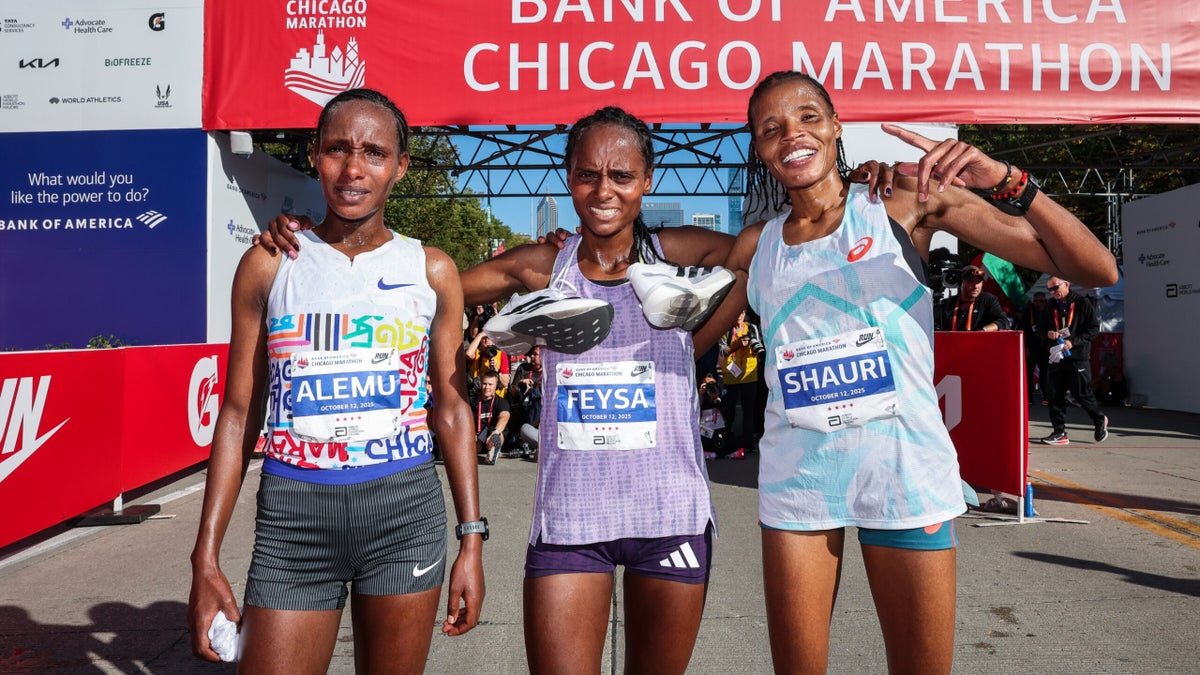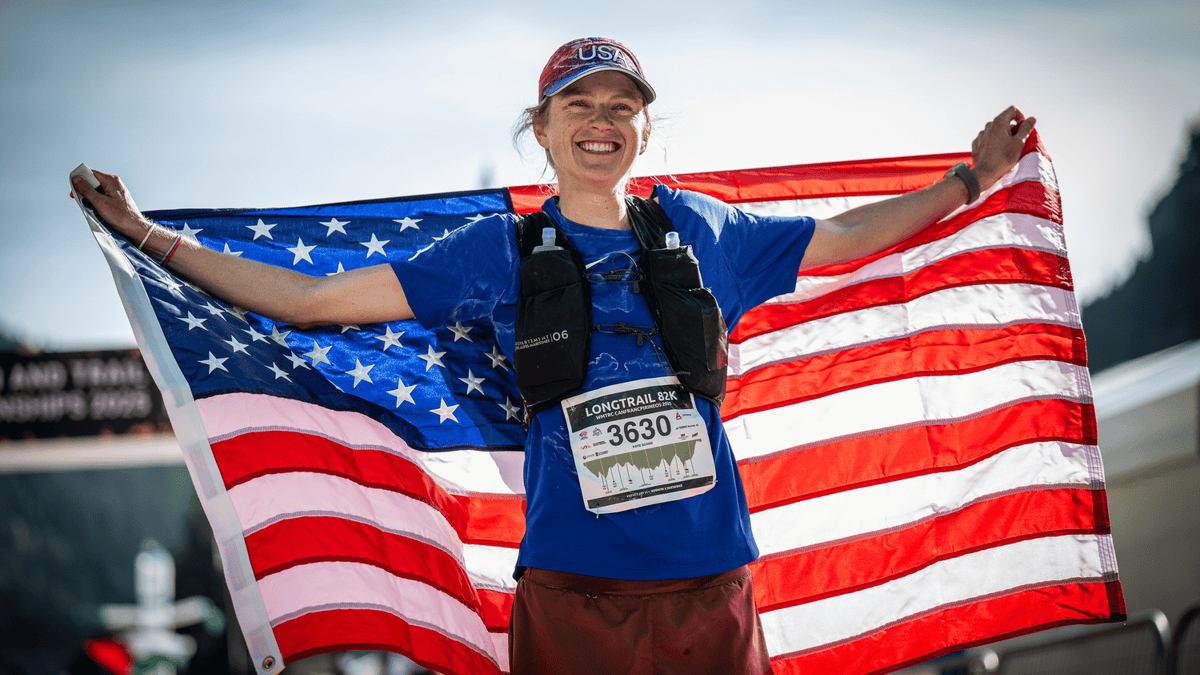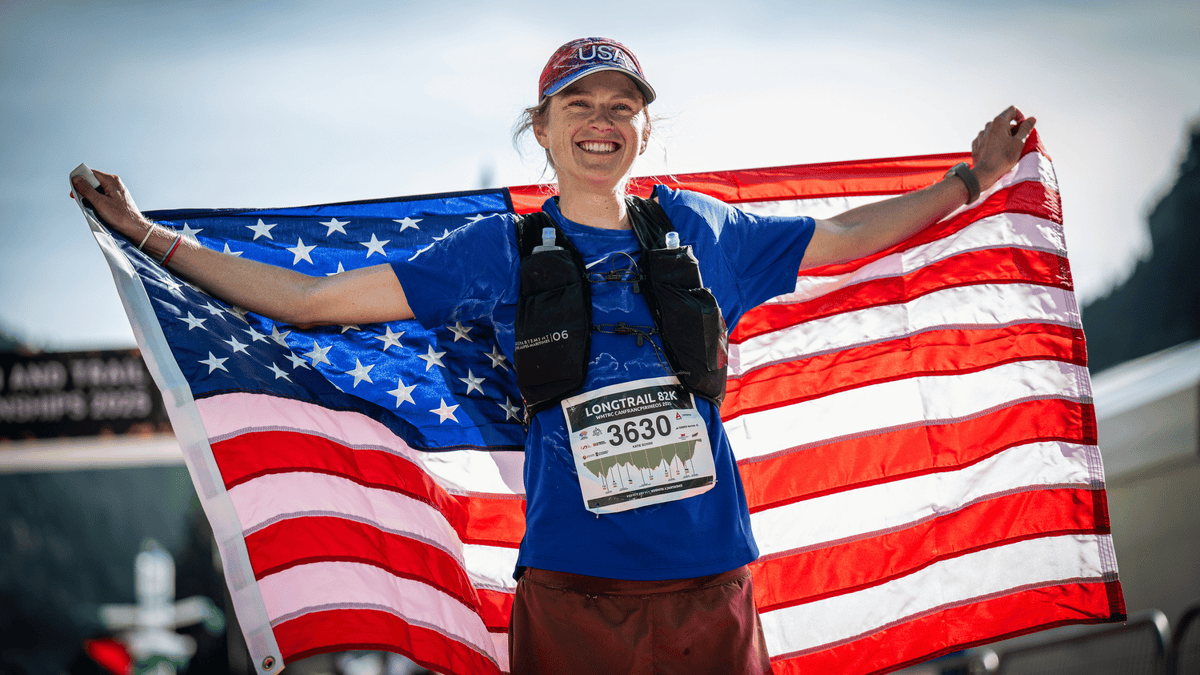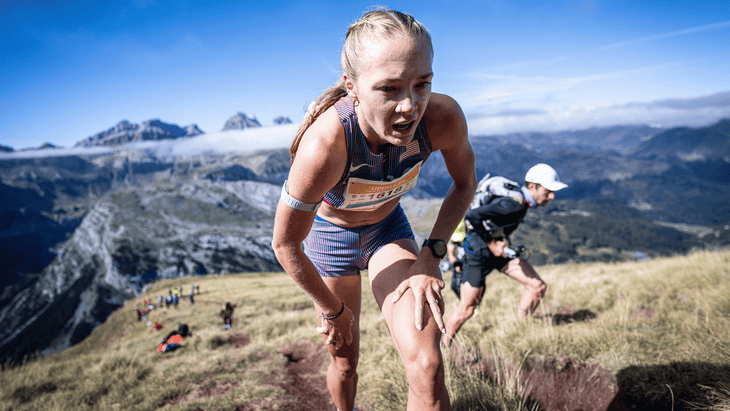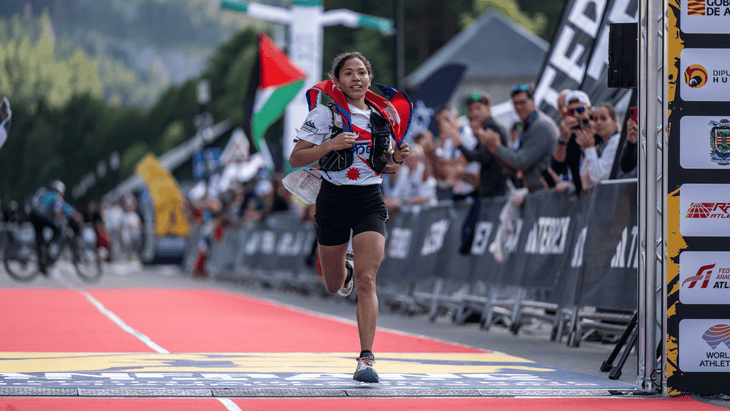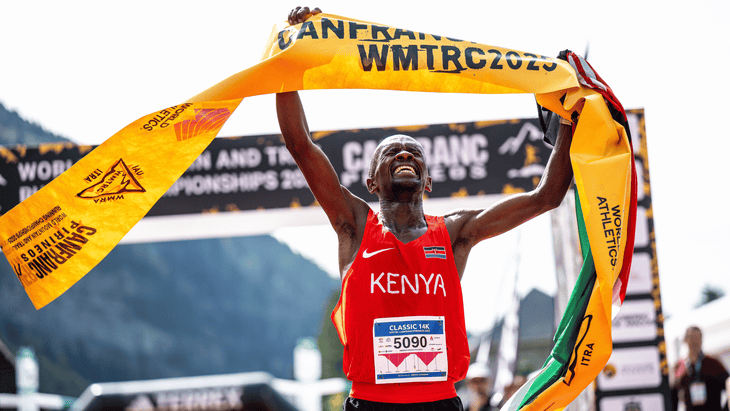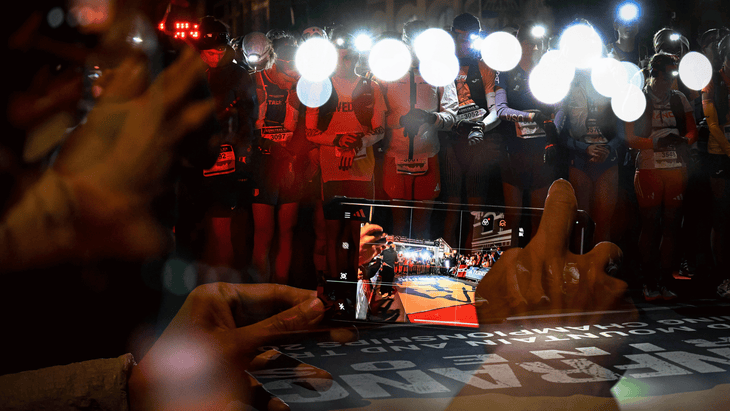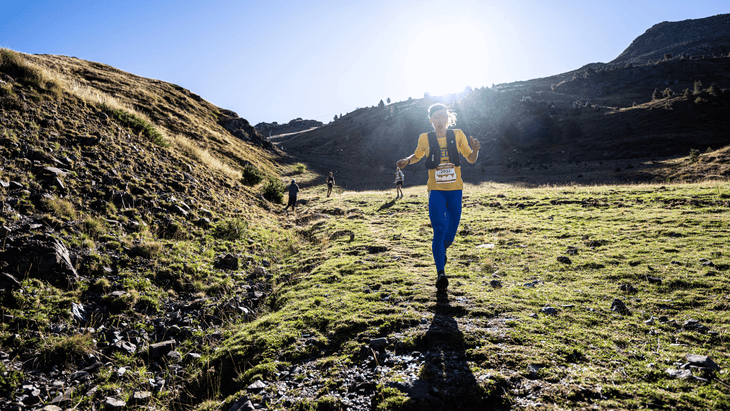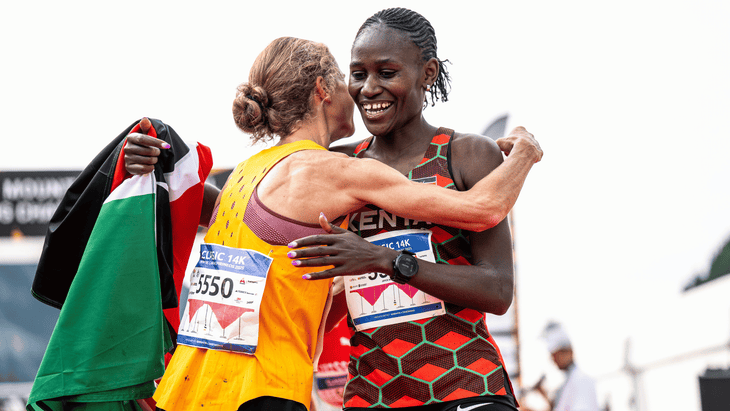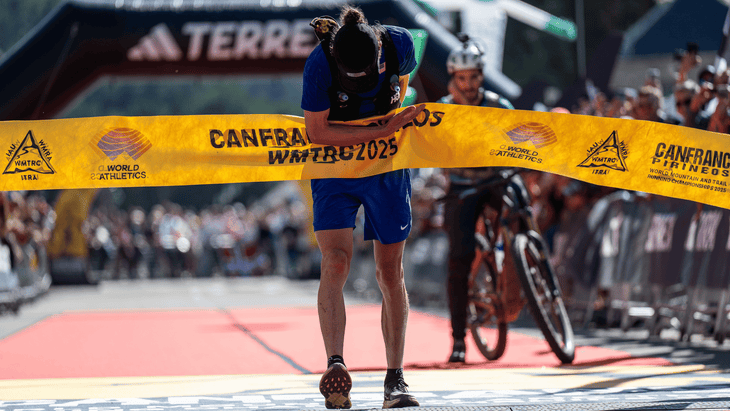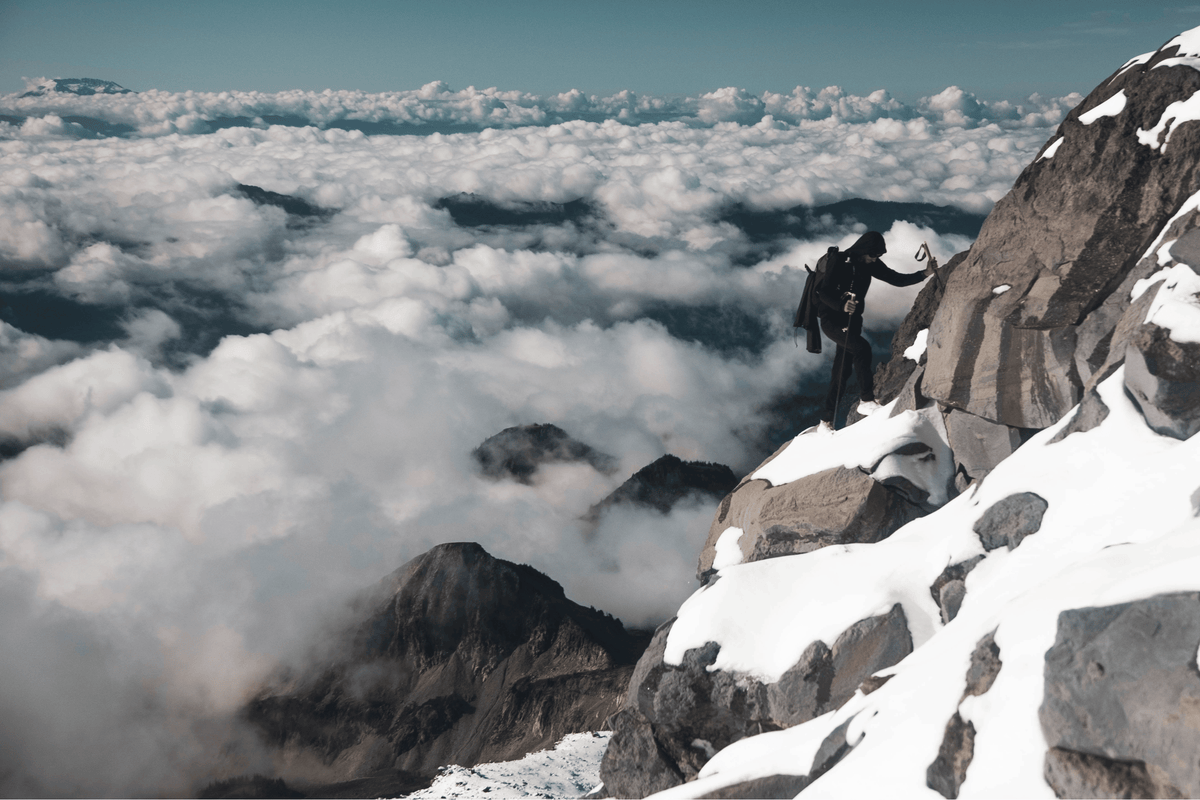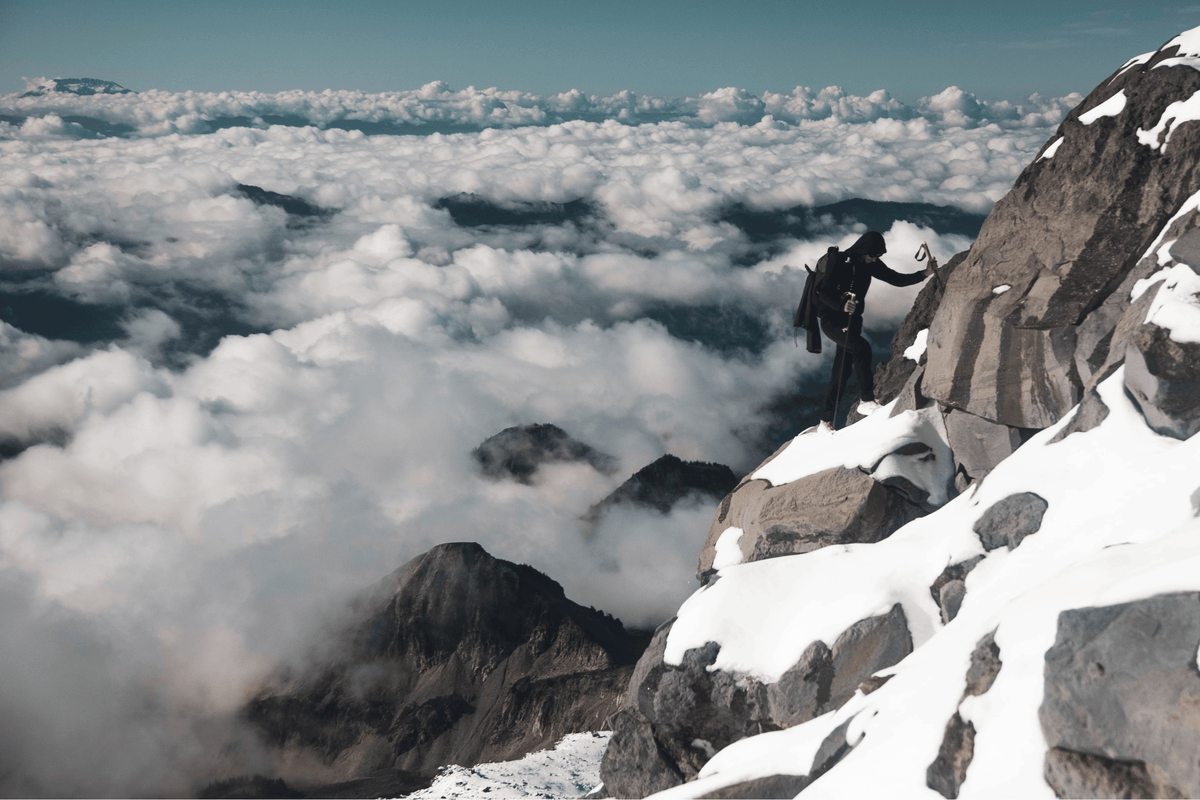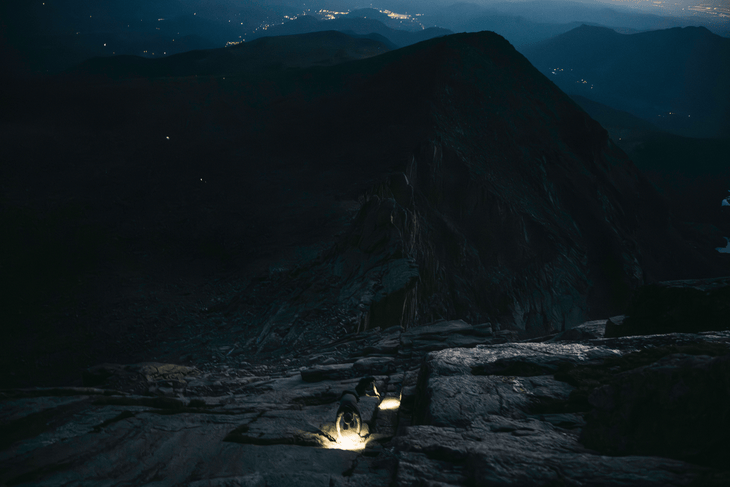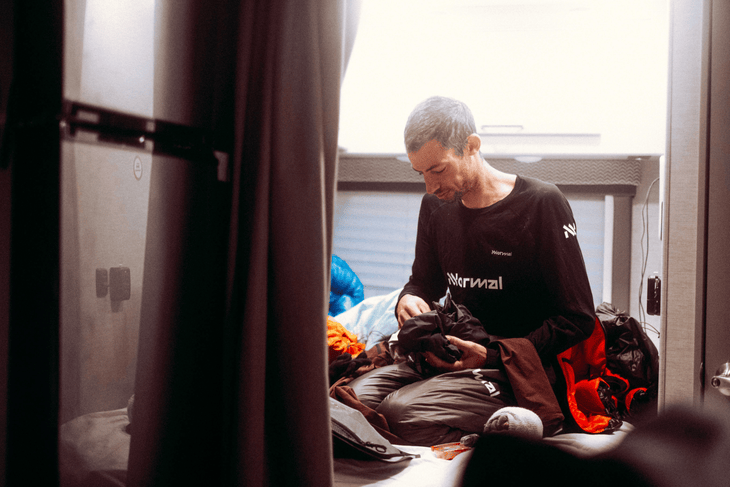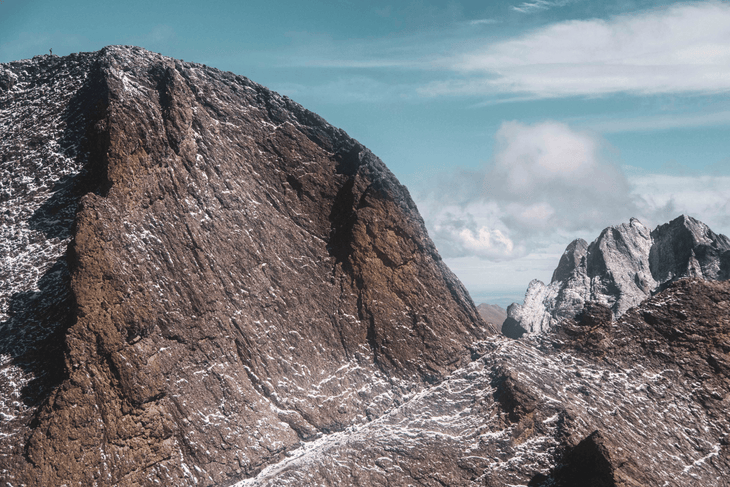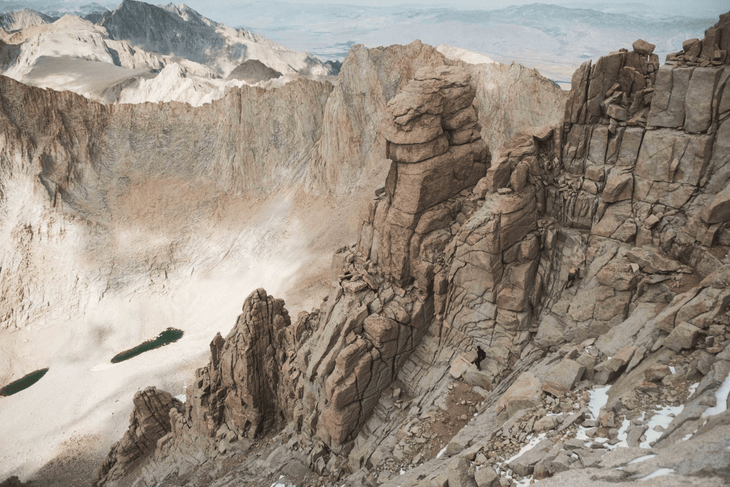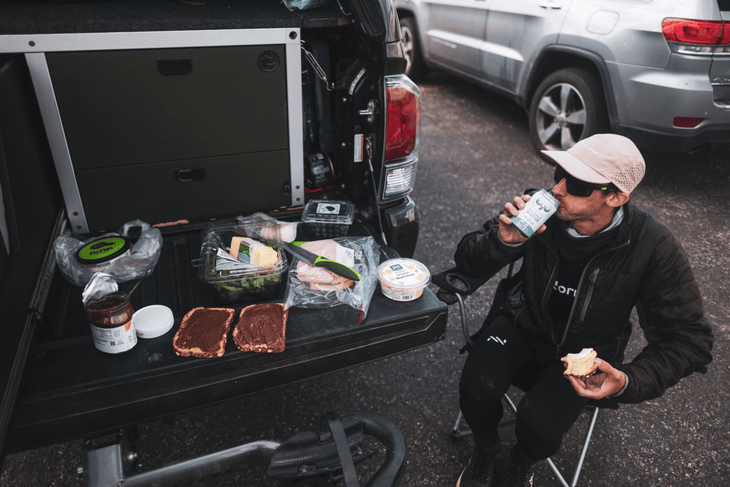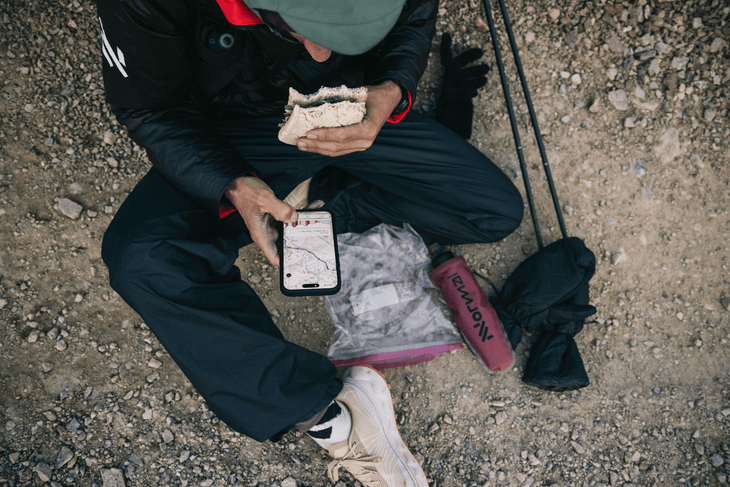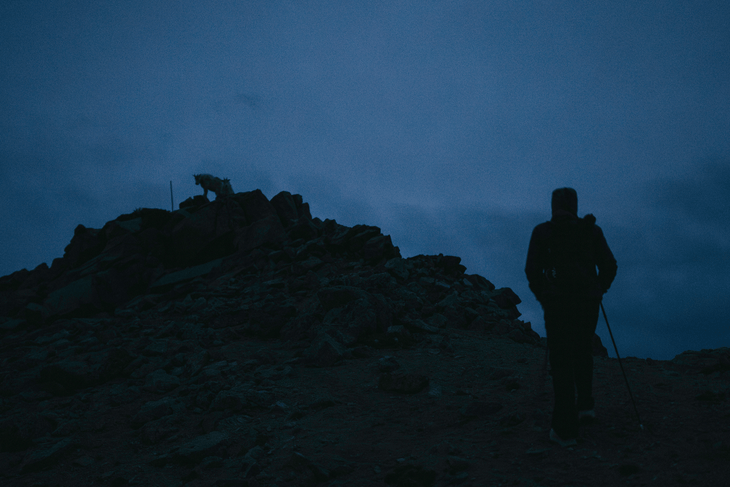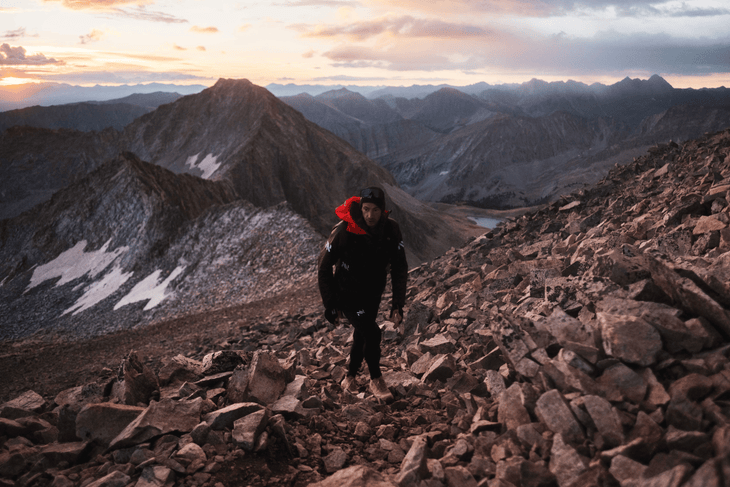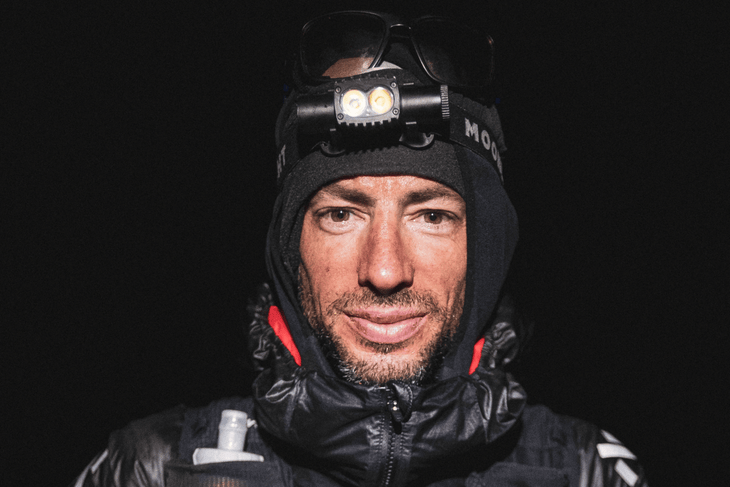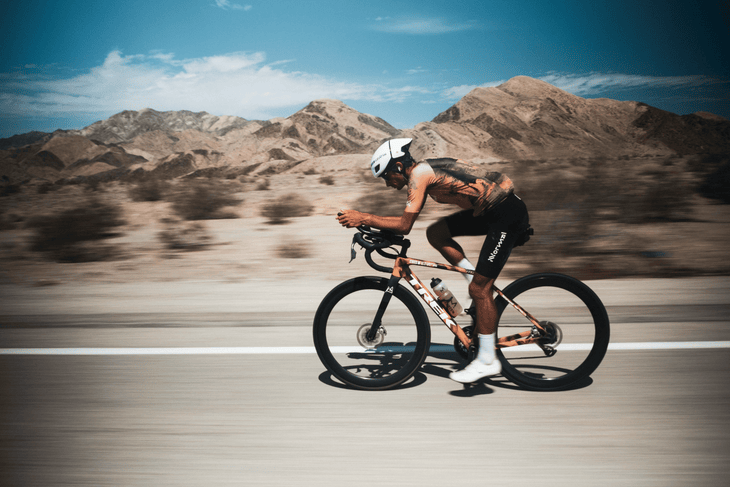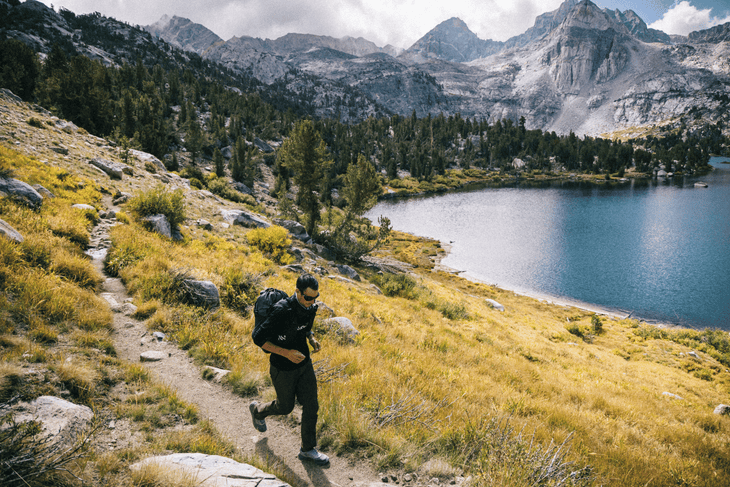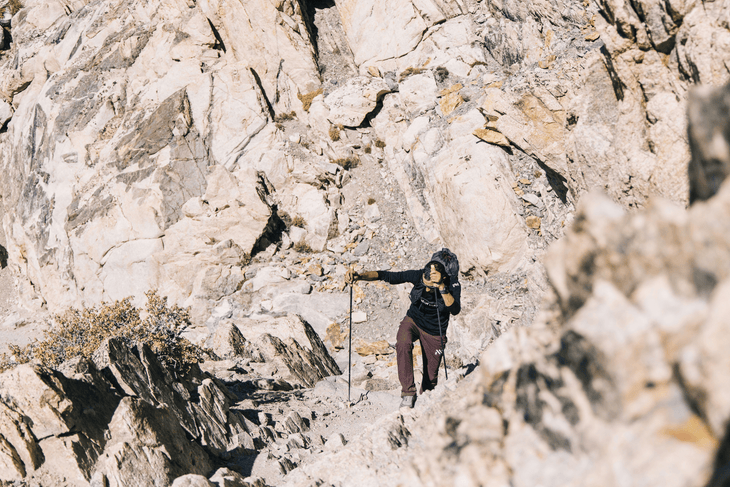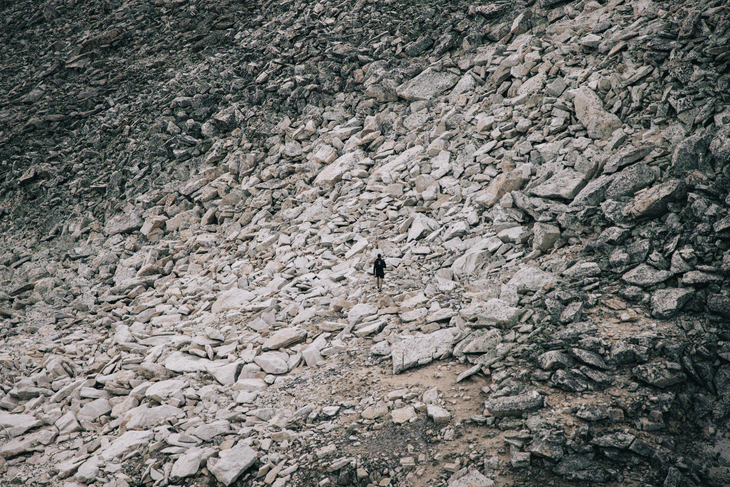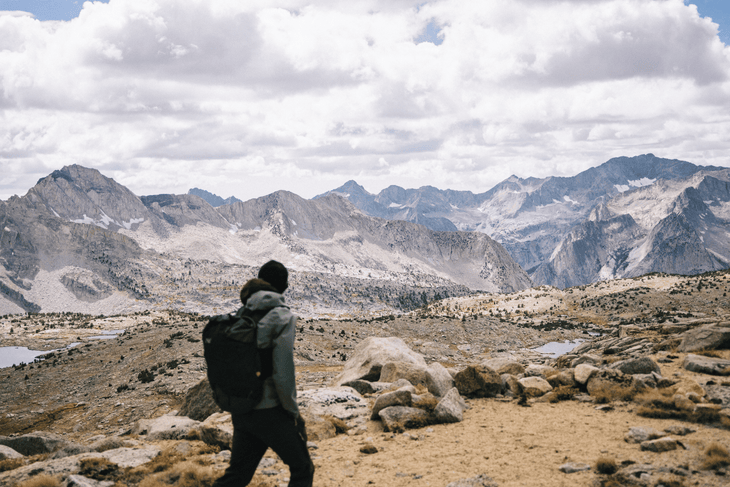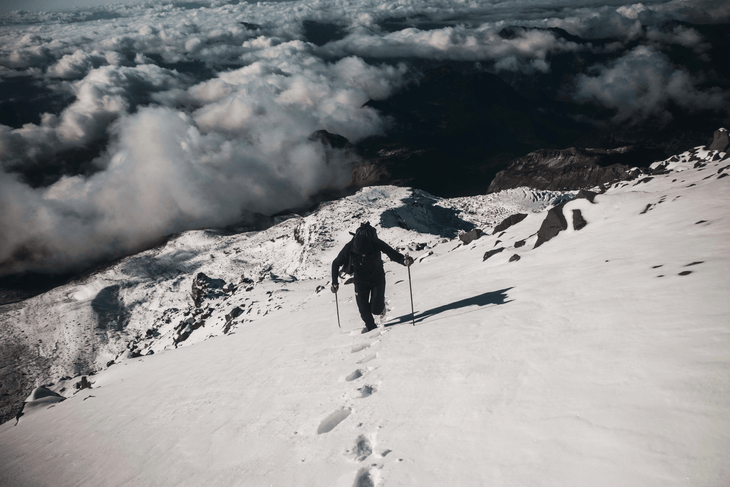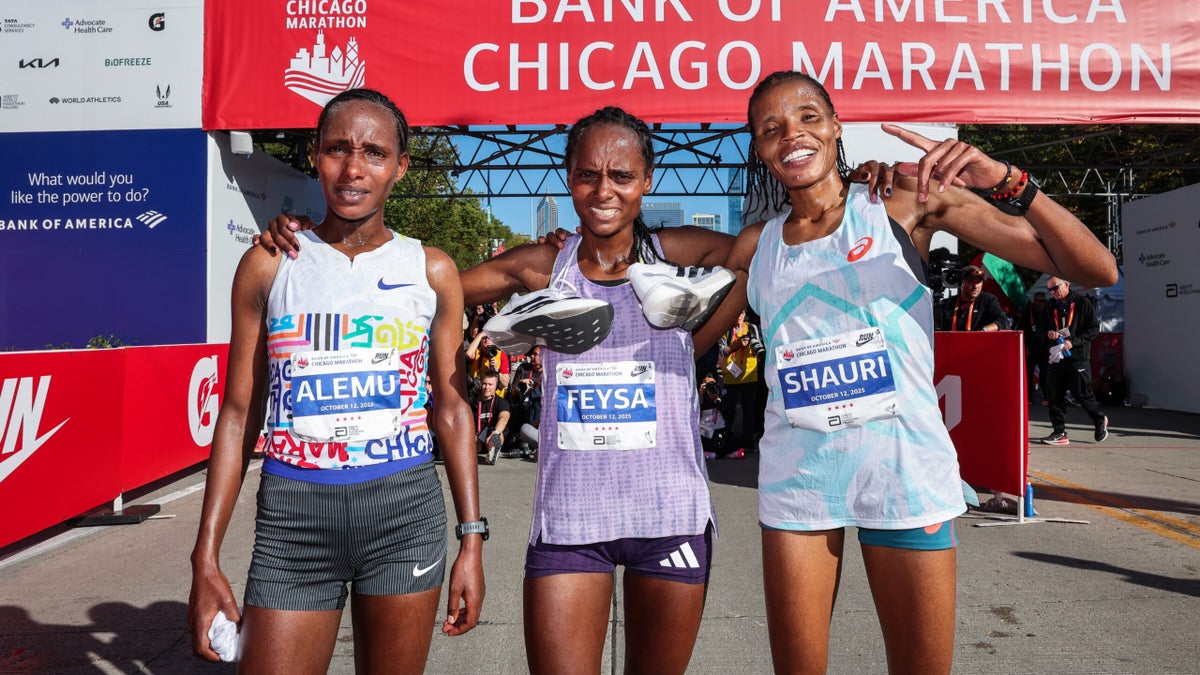
When it comes to the shoes that ruled the 2025 Chicago Marathon, the story was one of longevity versus novelty. On one end, the Nike Alphafly 3, now two years old, proved its staying power with Jacob Kiplimo’s commanding 2:02:23 victory and Conner Mantz’s new American record.
On the other, Puma’s Fast-R Nitro Elite 3, the most aggressively styled and innovative super-shoe on the market, broke through with personal bests and top-10 finishes across the women’s field.
Chicago became the meeting point of two design eras: the veteran still defining the standard, and the upstart rewriting the rules. The result wasn’t a passing of the torch, but a dead heat between the old guard and the new wave—a rare equilibrium in the super-shoe arms race.
Below, we break down the fastest shoes at the 2025 Chicago Marathon, and what this balance between legacy and innovation says about where the super shoe arms race stands today.
Jacob Kiplimo, Conner Mantz, and the Enduring Reign of the Alphafly 3
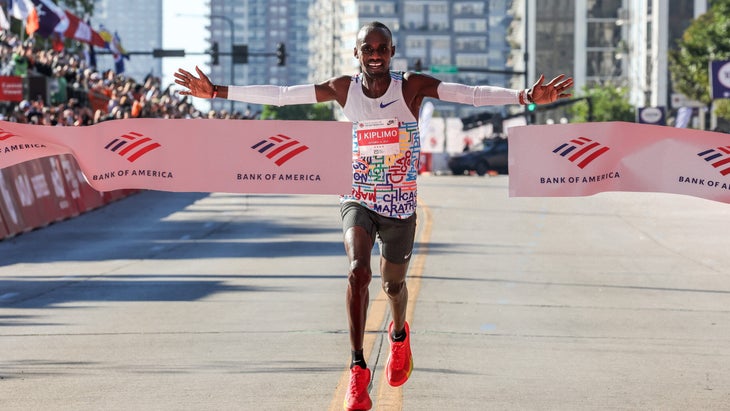
Heading into the 2025 Chicago Marathon, all eyes were on John Korir—the defending champion and reigning Boston Marathon winner—who had boldly announced plans to chase a sub-2:01 finish. But Jacob Kiplimo from Uganda, the 24-year-old half-marathon world-record holder (56:42), proved that his world-class talent extends well beyond the 13.1-mile distance.
Kiplimo took risks. While no runner plans to positive-split a marathon, his decision to press the pace early effectively disrupted Korir’s rhythm. He crossed the halfway mark in 1:00:16, putting him on pace for the late Kelvin Kiptum’s 2:00:35 world record set at Chicago in 2023. Near the 35km mark, Korir dropped out, and Kiplimo surged ahead uncontested, breaking the tape in 2:02:23, 91 seconds clear of Amos Kipruto (KEN, 2:03:54).
It wasn’t just a statement win for Kiplimo—it was another major victory for the Nike Alphafly 3, the same shoe that has dominated marathon podiums for more than two years and was worn by Kiptum during his aforementioned world record.
Kiplimo wasn’t the only Nike athlete making moves on the men’s leaderboard. Mantz, wearing the latest dev model of the Alphafly 3 (Nike Dev 16141), set a new American record that surpassed Khalid Khannouchi’s long-standing mark of 2:05:38, finishing in 2:04:43 and fourth overall. That matches his fourth-place finish in Boston earlier this year and underscores his dominance among Americans in the marathon distance.
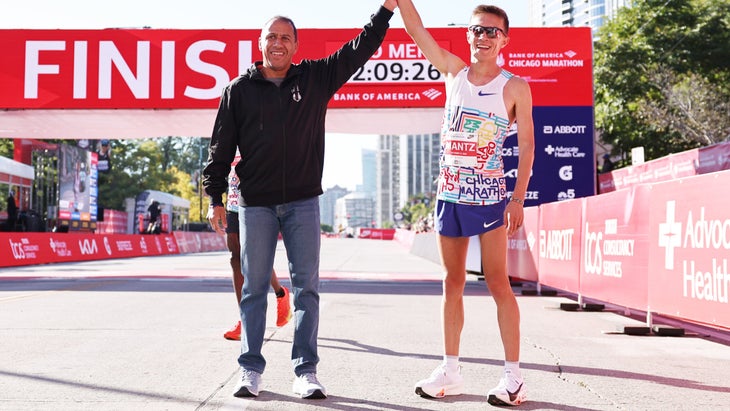
All told, five of the top-10 men crossed the Chicago finish line in Alphafly 3s—including Huseydin Mohamed Esa (ETH, 2:04:50), Seifu Tura (ETH, 2:05:17), and Geoffrey Kamworor (KEN, 2:05:31)—further proof that even two years after launch, Nike’s flagship marathon racer remains the benchmark for performance.
The Alphafly is no longer the lightest super-shoe on the market—that title now belongs to Asics’s new Metaspeed Ray—but its blend of propulsive foam, signature Zoom Air pods, and optimum stability often matter more than weighing a few less grams on the scale, and continues to make it one of the most trusted tools in elite racing (and favorite of many citizen marathoners too).
Hawi Feysa and the Growing Legacy of the Adios Pro Evo Series
Hawi Feysa of Ethiopia broke away after the halfway mark and never looked back, winning in the Adidas Adizero Adios Pro Evo 2 with a time of 2:14:56—delivering yet another major-marathon victory for Adidas’s Evo series, the ultra-minimal racer that also helped Tigst Assefa (ETH, 2:11:53) smash her own world record at this year’s London Marathon.
Feysa—who, like Kiplimo, is just 24—secured a win that further cements Adidas’s role as a first-place contender in the marathon shoe wars, continuing to innovate at “Lightstrike” speed. Weighing just 138 grams (4.9 ounces), with a stiff carbon platform and aggressive rocker geometry, the Evo 2 stands as the second-lightest elite marathon shoe currently on the market—roughly 10g heavier than the recently debuted Asics Metaspeed Ray (129 g/4.5 oz).
While Adidas claimed the crown, Nike, Asics, and Puma filled out the women’s leaderboard. Runner-up Megertu Alemu (ETH, 2:17:18) likely raced in Nike’s Vaporfly 3, while Loice Chemnung (KEN, 2:18:23) and Magdalena Shauri (TAN, 2:18:03) delivered podium-level performances for Asics, wearing the Metaspeed Ray and Metaspeed Sky Tokyo, respectively.
And just as in the men’s field, Nike’s Alphafly 3 continued to make its presence known—under the feet of Mary Ngugi-Cooper (KEN, 2:19:25), Florencia Borelli (ARG, 2:24:23), and Gabriella Rooker (USA, 2:26:32)—proving that two years after its launch, the shoe remains a defining force across both sides of the elite podium.
Puma’s Fast-R Nitro Elite 3 Makes An Even Bigger Splash
Following its heavily promoted—but somewhat underwhelming—debut at this year’s Boston Marathon, the Puma Fast-R Nitro Elite 3 made a strong statement in Chicago, emerging as the second-most-popular shoe among the women’s top 10.
Three athletes—Natosha Rogers (USA, 2:23:28) (top American finisher), Dakotah Popehn (USA, 2:24:21) (second American), and Melody Julien (FRA, 2:27:09)—all ran personal bests in the model, helping solidify Puma’s reemergence as a serious player in elite racing.
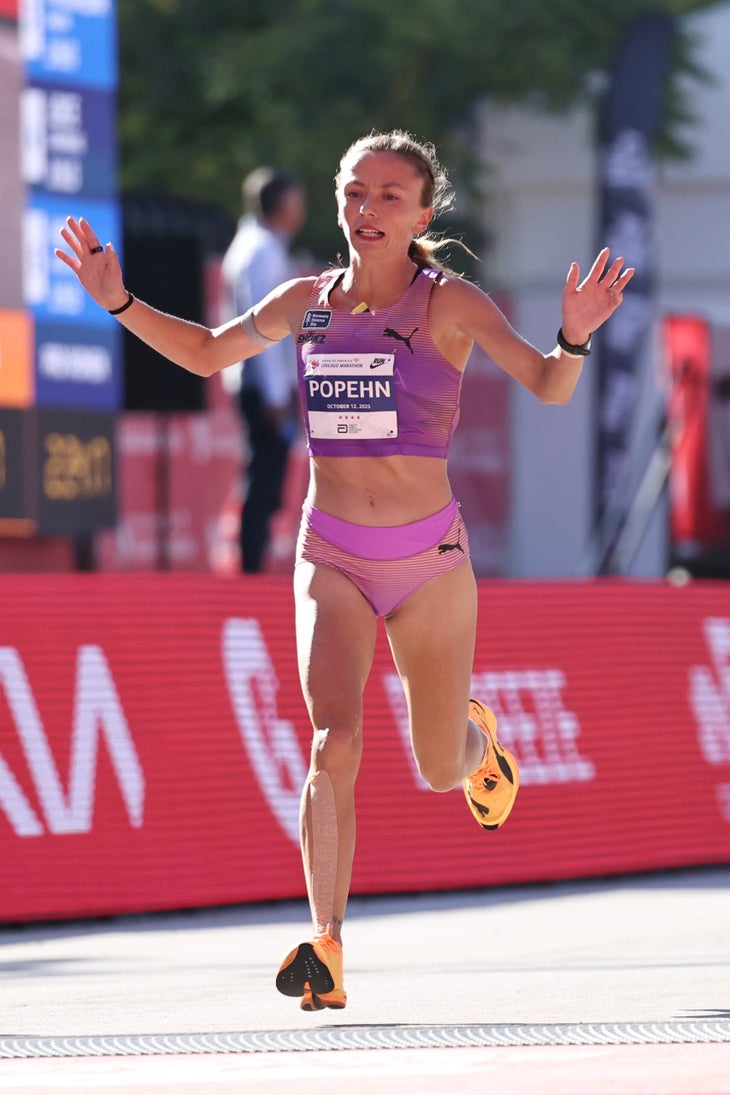
Puma’s lightweight, split-midsole design—with its ultra-soft-and-responsive A-TPU Nitro Elite foam and rigid carbon bridge—has officially moved beyond novelty status. With such a deep field choosing to lace up in it, the Fast-R Nitro Elite 3 cements Puma’s reputation as the comeback brand of the 2020s—a company once known for its sprinting heritage now carving out space in the marathon super-shoe conversation.
The Other Super-Shoes in the Top 10
With Nike’s Alphafly 3 and Adidas’s Adios Pro Evo 2 taking the wins and Puma taking up more space on the leaderboard, three other shoes made major statements in Chicago—each showcasing how diverse the marathon footwear landscape continues to become.
The Asics Metaspeed Trifecta: Ray, Sky Tokyo & Edge Tokyo
Apparently, one marathon super shoe wasn’t enough for Asics. Their current top-tier lineup has three different models. Loice Chemnung (KEN, 2:18:23) raced in the Metaspeed Ray, a featherweight design that now stands as the lightest in the field at 129 grams (4.5 ounces). And defending Chicago champ John Korir was aiming for an audacious sub-2:01 before he DNF’d, and chose to race in the Metaspeed Ray to help him get there.
Meanwhile, Magdalena Shauri (TAN, 2:18:03) impressed in the Metaspeed Sky Tokyo, while Bashir Abdi (BEL, 2:07:08) represented the Metaspeed Edge Tokyo, both using Asics’s dual-foam system (FF Turbo + FF Leap) and full-length carbon plate to deliver a smooth, energetic ride.
All three Metaspeed models share a 39.5 mm heel/34.5 mm forefoot stack and a 5 mm drop, but they’re tuned for different stride mechanics: the Ray for maximal energy return for forefoot runners, the Edge for higher cadence, and the Sky for maximal stride length. Together, they signal that Asics is no longer chasing the leaders—it’s running stride-for-stride with them.
Hoka Cielo X1 3.0
In one of the day’s biggest surprises, Alex Masai (KEN, 2:04:37) placed third wearing an unreleased prototype of Hoka’s Cielo X1 3.0. It is rumored to be slightly lower-stacked and lighter than its predecessor, and to refine Hoka’s signature rocker geometry with a stiffer carbon plate and more aggressive toe spring. While not yet available to the public, the Cielo X1 3.0’s debut on the Chicago podium cements Hoka’s return to the front of the super-shoe conversation.
On Cloudboom Strike
Although it didn’t appear on the podium, the On Cloudboom Strike continues to draw attention from pros and testers alike. Weighing 210 grams (7.4 ounces) with a 39.5 mm stack and 4 mm drop, it pairs Helion HF PEBA-based foam with a full-length carbon Speedboard for a firm yet efficient ride.
The shoe’s Chicago appearance came courtesy of Ryan Ford (USA)—who had only just announced his new affiliation with On’s Boulder-based elite team on Saturday. His entry marked one of the first official marathon outings for On’s newest racer. Unlike the softer trend dominating other brands, the Cloudboom Strike favors responsiveness and ground feel, appealing to forefoot-striking athletes who value control and turnover over plushness.
Men’s Results and Fastest Shoes at the 2025 Chicago Marathon
The post The Fastest Shoes at the 2025 Chicago Marathon appeared first on RUN | Powered by Outside.
🏨 Race Weekend Accommodations
Getting good sleep before your ultra is crucial. Find comfortable, affordable accommodations near your race start.

